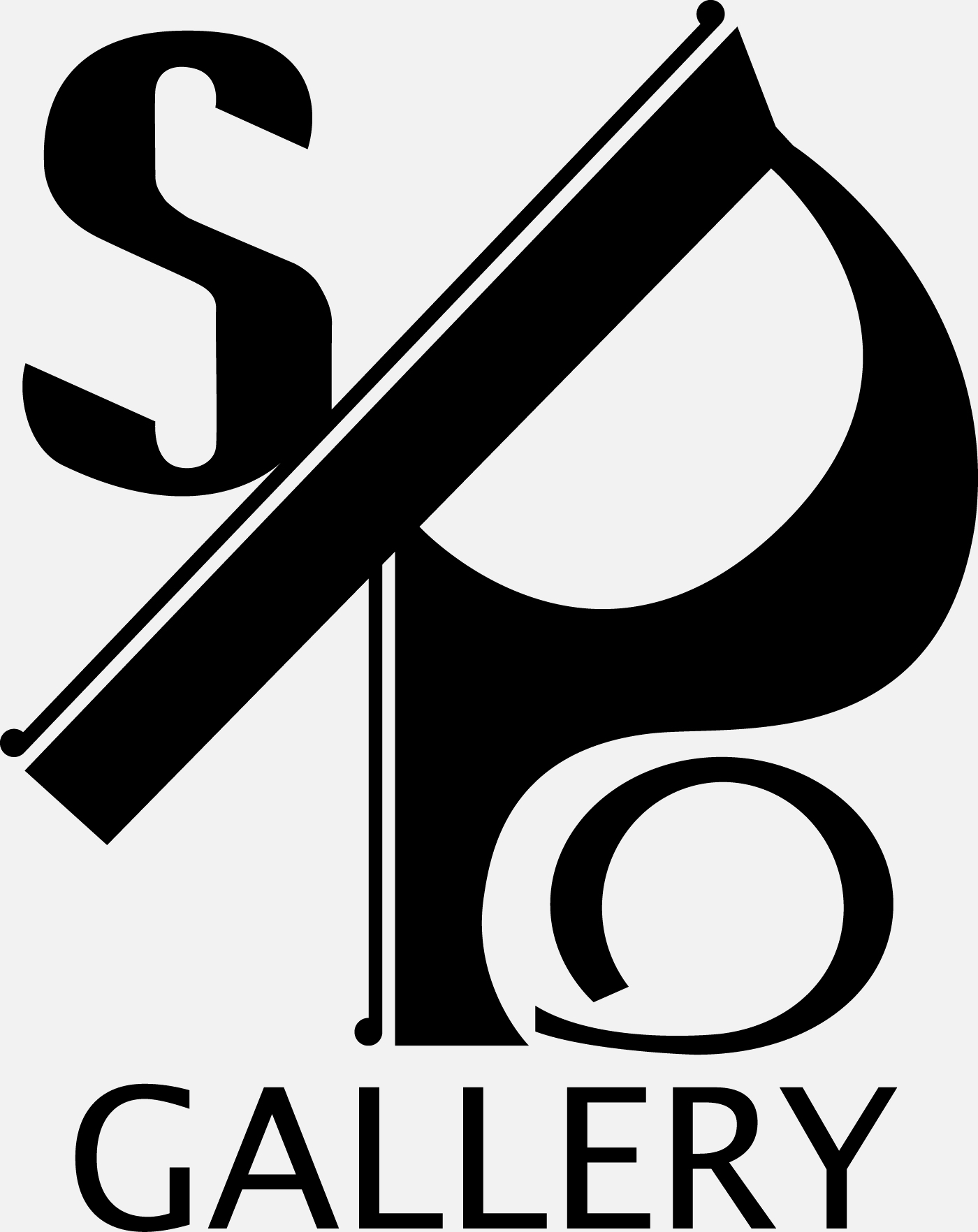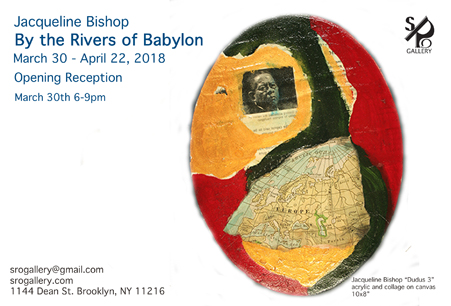Jacqueline Bishop
By the Rivers of Babylon
March 30 - April 22, 2018
SRO GALLERY is pleased to present “By the Rivers of Babylon,” an exhibition of paintings by the artist and writer Jacqueline Bishop with selections from three separate but overlapping series: “Dudus”; “Landscapes: Jamaica,” and “Babylon & Zion.”
“Dudus,” are works inspired by the events surrounding the capture of Jamaican drug lord, Christopher ‘Dudus’ Coke, and his eventual extradition to the U.S. Celebrated as both a community leader and hero-villain, some Jamaicans simultaneously adore, protect, revile, and long to forget his presence. For her paintings, Bishop frames this vital period using images culled from the newspaper coverage of the Dudus episode, as well as, images of maps of various places. Suspended in colors signifying layers of meaning that have allusions to a bigger narrative that encompass the transatlantic slave trade and subsequent migrations, the series ultimately interrogates the structures of power and the limits of mobility embedded in the social fabric of the island-nation.
The miniature ovals of the “Landscapes: Jamaica” series could at first be read as a playful counterpoint to the grittiness of the “Dudus” series, but many of these bright, colorful “landscapes” were created alongside the Dudus paintings. Bishop, who lived in France at the time of the Dudus incursion, used images she found online while she urgently searched for information as to what was going on in Jamaica. There is an inherent conflict then in these shabby constructions presented as sweet vignettes and wholesome tourist views.
About “Babylon & Zion” Bishop says: “These paintings are about the Rastafarian ideas of Babylon being a place of captivity and oppression while Zion symbolizes a utopian place of unity and peace. In the “Babylon & Zion” series, I utilize the lyrics from songs by notable Rastafarian singers to create text-based drip paintings which tackle the issues of voicing voicelesness and telling the untold story, both of which have been a central preoccupation in my work.” The drippy edges of the calligraphy add a painterly tactility, while the movement and distortion in the text suggests turbulence.
In these three bodies of work, Bishop navigates to find meaning in the conflicted experiences of her birth-land. Bishop states: “As someone who has lived longer
outside of my birthplace of Jamaica than I have lived on the island, I am acutely aware of what it means to be simultaneously an insider and an outsider.”





